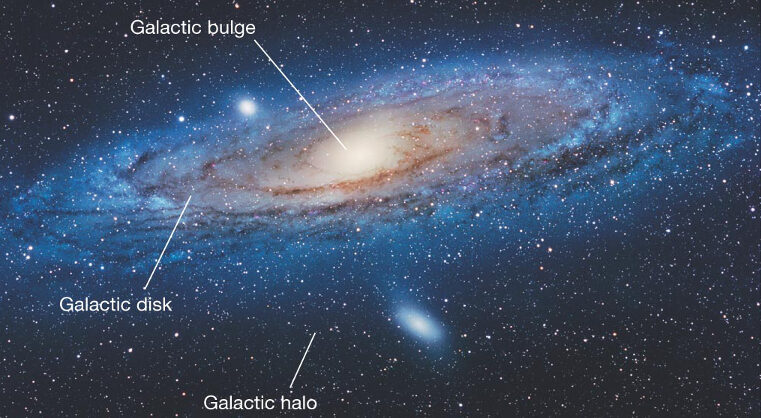Timmy found out his new framework might actually possess real power one hot night in August of 2024.
It was nearly midnight, and a handsome grasshopper sat glued outside Timmy’s window, watching in as he was pondering what mysteries in science to attempt to solve.
I sensed that this grasshopper was there for a purpose. It was there to instill faith that I was indeed onto something. That I had actually come up with a novel framework to understand the universe.
It was around this time, that I decided to think about black holes a bit differently than Einstein, Steven Hawking, and other greats may have ever considered. I thought, let’s be a kid again, and use our imagination to approach these long standing mysteries, to sort out what dark matter could possibly be, and if this substance might be related to black holes.
That’s when something magical happened, and like a poem, it was written in my mind.
Black holes swallow the matter we see, not to store it uselessly like a greedy squirrel, but to convert it immediately to dark matter, the stuff we can’t see.
Plumes of this light, airy substance get ejected out from the black hole’s orbit with magnificent fervor, into the heavens, filling the voids of the cosmos like invisible ink.
Not much actually gets trapped “inside” the black hole, it simply gets twirled around in a spectacular fashion, translating it into a new, more refined language, which we call dark matter.
Later, a beautiful galaxy slowly emerges from the dark matter halo which acts as a nest, for gas and then stars to slowly emerge, like a filament in a lightbulb. The dark matter halo rotates in a similar manner as the black hole’s original spin that spawned it, explaining also why galaxies themselves have an inherent spin.
You see, black holes give birth to dark matter, which eventually gives birth to visible matter through some other kind of emergent expression.
What a poetic way to think about the birth to a galaxy. This resolves the longstanding issue of whether General Relativity breaks down inside the singularity of a black hole. Are singularities even a thing? I’ll have to study this next.
The current understanding for how galaxies are formed is even less satisfying than the aforementioned problem in general relativity. They just think they form from “clumps of gas clouds” coming together. Yeah, real inspiring!
This explains why we can’t see any signs of black holes “deleting” information, as that would go against the laws of conservation.
Nothing gets deleted, it merely gets translated to another language. That language being the language known as dark matter, which then gets translated to visible matter again, reigniting the circle of life.
Black holes don’t just store stuff at there singularity. They immediately convert that language of light into synonyms from the language of dark.
This also explains why galaxies don’t collapse in on themselves. The black hole is shooting out loads of dark matter at an even higher velocity from whence it entered, so of course galaxies are going to be expansive, and there will be enough outward force from the near constant flow of dark matter to counteract the gravity generated by the galaxy itself.
My theory also posits that black holes don’t take billions of years to form, but rather emerged in the early stages of the universe, which in turn gave birth to the filaments and galactic superclusters that form the communication networks of the observable universe.
Of course, black holes can eventually run out of stuff to eat, and that’s no problem. Then the galaxy will eventually start to retract, but it’s hard to detect when that takes millions of years, isn’t it? Think of galaxies as wavy inflatable tube men, and you’ll become an expert in no time.
Under the current model in physics, there is no solution on what happens to the matter that gets sucked up inside a black hole after a black hole evaporates. Well, that isn’t a problem in my model. Information doesn’t just stick around in black holes. They are not literal holes like garbage cans where stuff gets shoved into.
What’s so different from a neutron star and a black hole? Not much, other than the cool feature I just explained where they make stuff go invisible as it gets flung across the event horizon.
This is Timmy’s first prediction that if proven to be true, would be a major breakthrough in physics, or whatever field it is concerned with.


